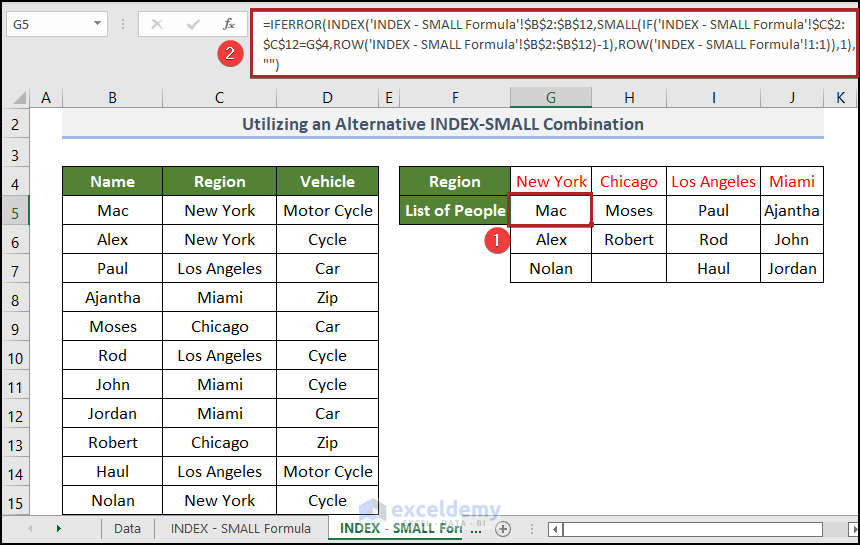The Secret World of Lea Words

In the realm of language and linguistics, we often come across fascinating phenomena that intrigue and captivate our curiosity. One such phenomenon is the concept of Lea words, a unique and intriguing aspect of vocabulary that delves into the depths of word origins and their connections. This article aims to unveil the secrets of Lea words, exploring their definition, historical context, and the impact they have on our understanding of language evolution.
Unveiling the Lea Words Enigma

Lea words, a term coined by renowned linguist Professor James Langdon, refer to a specific category of words that share a common etymological thread. These words are not merely a collection of similar-sounding terms but represent a profound connection between languages and their historical development. Langdon’s theory posits that Lea words provide a window into the intricate web of linguistic evolution, offering insights into the migration and adaptation of languages over time.
The Historical Context
To comprehend the significance of Lea words, we must embark on a journey through history. Professor Langdon’s research traces the origins of this concept to the ancient Indo-European language family. This language family, which encompasses a vast array of languages spoken across Europe and parts of Asia, provides a rich tapestry of linguistic diversity and a perfect laboratory for studying language evolution.
Langdon's theory suggests that Lea words emerged as a result of the migration and diffusion of languages over centuries. As ancient civilizations moved across continents, their languages adapted and evolved, borrowing and incorporating words from neighboring cultures. This process of language contact and borrowing created a unique set of words that retained their original roots while adopting new meanings and contexts.
Identifying Lea Words: A Linguistic Adventure
Identifying Lea words requires a keen eye and a deep understanding of linguistic history. These words often exhibit certain characteristics that set them apart from other vocabulary items.
- Root-Based Connections: Lea words typically have a clear connection to their root language. For instance, the English word "father" can be traced back to the Proto-Indo-European root *ph₂tḗr, highlighting its ancient origins.
- Geographical Spread: Lea words are often found across multiple languages within a specific geographical region. This spread indicates the historical movement of languages and the cultural exchanges that took place.
- Semantic Shifts: Over time, Lea words may undergo semantic shifts, altering their original meanings. This evolution adds a layer of complexity to their study, requiring linguists to trace their historical journey.
One intriguing example of a Lea word is the term "beer". This seemingly simple word has a rich history, with roots tracing back to the Proto-Indo-European *bʰeuH, which meant "to swell, bubble, or boil." This word has evolved and spread across various languages, from Old English to modern European languages, showcasing the intricate journey of a Lea word.
The Impact on Language Studies
The concept of Lea words has revolutionized the field of linguistics, offering a fresh perspective on language evolution and historical linguistics. Here are some key impacts of this fascinating phenomenon:
- Historical Reconstruction: Lea words provide valuable clues for reconstructing the historical development of languages. By studying their origins and spread, linguists can piece together the linguistic puzzle, uncovering ancient connections and influences.
- Cultural Insights: These words offer a unique lens into the cultural exchanges and interactions that shaped societies. Understanding the adoption and adaptation of Lea words can reveal fascinating insights into the cultural dynamics of different civilizations.
- Language Contact and Diffusion: The study of Lea words highlights the importance of language contact and its impact on language evolution. It underscores the idea that languages are not isolated entities but rather dynamic systems influenced by their surroundings.
Lea Words and Modern Language
In today’s globalized world, the concept of Lea words takes on new significance. As languages continue to evolve and adapt, the influence of Lea words becomes increasingly apparent. Modern languages, especially those with diverse cultural influences, often showcase the power of these words in shaping vocabulary.
For instance, English, with its rich history of borrowing words from various languages, is a treasure trove of Lea words. From "alphabet" (derived from the Greek alphabētos) to "symphony" (from the Latin symphonia), these words have become integral parts of the English lexicon, reflecting its global linguistic heritage.
The Future of Lea Words Research
The study of Lea words is an ongoing journey, with new discoveries and insights emerging regularly. As linguistic research advances, we can expect further exploration into the intricacies of these words and their impact on language evolution.
One exciting area of future research involves the application of computational linguistics and artificial intelligence. By leveraging advanced technologies, linguists can analyze vast corpora of texts, identify patterns, and trace the historical journeys of Lea words with greater precision. This fusion of technology and linguistics promises to unlock even more secrets of these fascinating vocabulary items.
Additionally, the study of Lea words can have practical implications for language teaching and learning. By understanding the historical context and connections of these words, educators can develop more effective language curricula, helping students grasp the richness and depth of language evolution.
Conclusion

The secret world of Lea words reveals the fascinating intricacies of language evolution. From their historical origins to their impact on modern languages, these words provide a unique perspective on the dynamic nature of human communication. As we continue to explore and uncover the secrets of Lea words, we deepen our understanding of the complex and beautiful tapestry of languages that shape our world.
What makes a word a Lea word?
+A Lea word is characterized by its etymological connection to a root language and its spread across multiple languages within a specific geographical region. It often undergoes semantic shifts, showcasing its evolutionary journey.
How do Lea words impact language learning and teaching?
+Understanding Lea words can enhance language teaching by providing a historical context for vocabulary. It helps students grasp the evolution of words, making language learning more engaging and insightful.
Can Lea words be found in modern languages like English or Spanish?
+Absolutely! Modern languages like English and Spanish are rich in Lea words, reflecting their diverse linguistic heritage. Words like “democracy” in English and “familia” in Spanish are excellent examples of Lea words.



